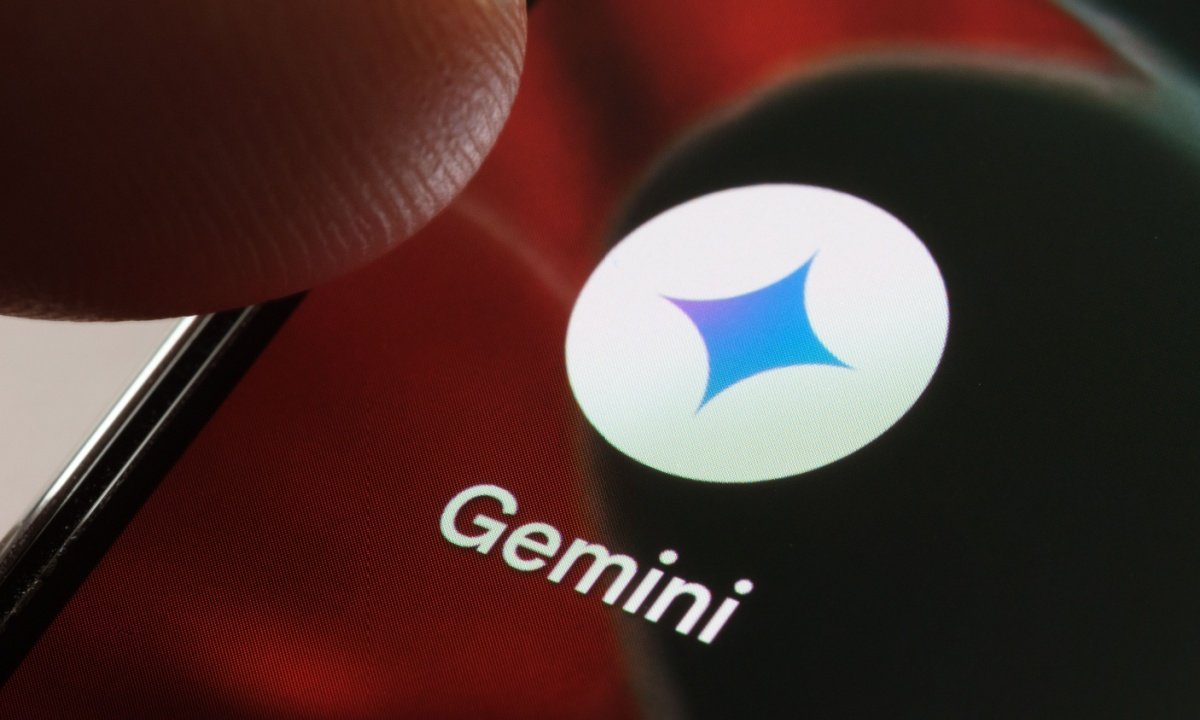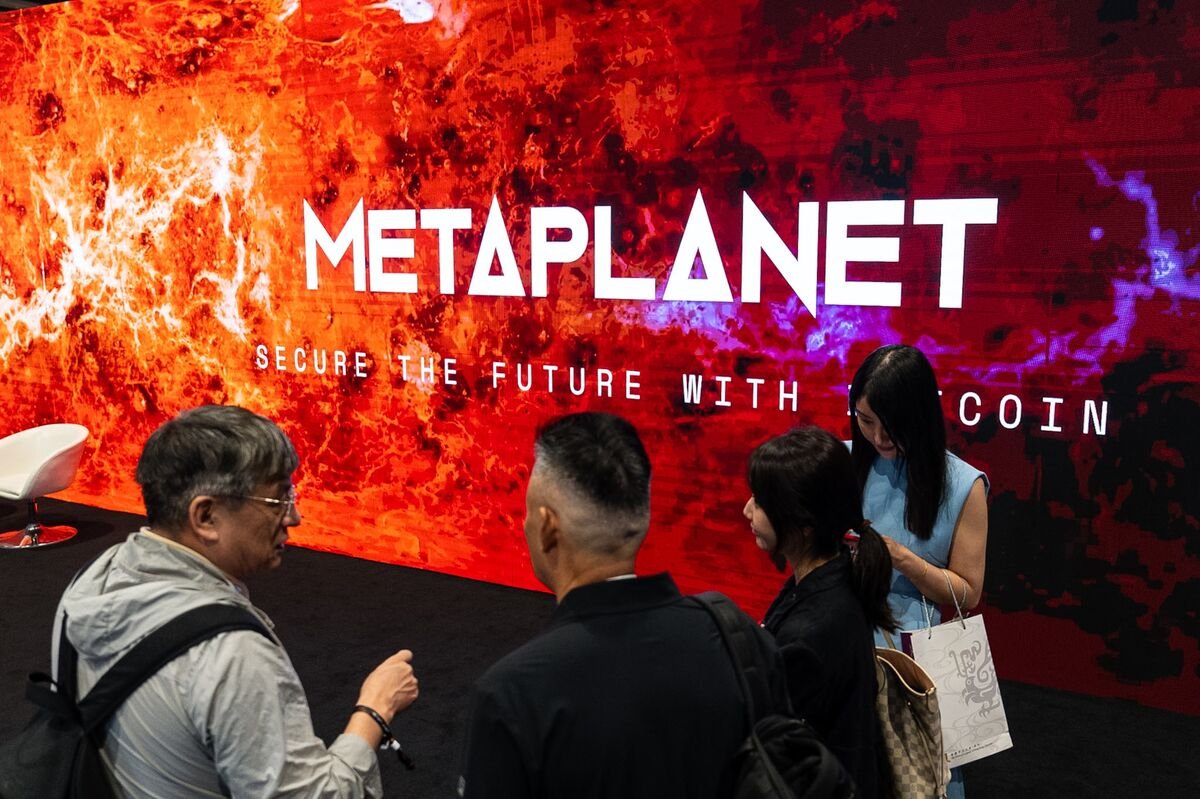AI Insights
Google Offers Gemini to Government Workers for 47 Cents

AI Insights
Tesla Falls Short in India With Just 600 Orders Since Launch

Tesla Inc.’s long-awaited entry into India has delivered underwhelming results so far, with tepid bookings fueling fresh doubts about the company’s global growth outlook.
Source link
AI Insights
From bench to bot: Why AI-powered writing may not deliver on its promise

This is my final “bench to bot” column, and after more than two years of exploring the role of artificial intelligence in scientific writing, I find myself in an unexpected place. When I started this series in 2023, I wasn’t among the breathless AI optimists promising revolutionary transformation, nor was I reflexively dismissive of its potential. I approached these tools with significant reservations about their broader societal impacts, but I was curious whether they might offer genuine value for scientific communication specifically.
What strikes me now, looking back, is how my measured optimism for science may have caused me to underestimate the deeper complications at play. The problem is not that the tools don’t work—it’s that they work too well, at least at producing competent prose. But competent prose generated by a machine, I’ve come to realize, might not be what science actually needs.
My initial set of starting assumptions seemed reasonable. The purpose of neuroscience isn’t getting award-winning grants and publishing high-profile papers. It’s the production of knowledge, technology and treatments. But scientists spend enormous amounts of time wrestling with grants and manuscripts. If AI could serve as a strategic aid for specific writing tasks, helping scientists overcome time-consuming communication bottlenecks, I was all for it. What’s more, writing abilities aren’t equally distributed, which potentially disadvantages brilliant researchers who struggle with prose. AI could help here, too. So long as I remained explicit about claiming AI would not solve all writing troubles, and my goal was always thoughtful incorporation for targeted use cases, not mindless adoption, I felt this column would be a worthwhile service for the community struggling with how to handle this seismic technological shift.
These assumptions felt solid when I started this column. But if I’m being honest, I’ve always harbored some nagging reservations that even thoughtful incorporation of AI tools in scientific writing tasks carries risks I wasn’t fully acknowledging—perhaps even to myself. Recently, I encountered a piece by computer scientists Sayash Kapoor and Arvind Narayanan that articulated those inchoate doubts better than I ever could. They argue that AI might actually slow scientific progress—not despite its efficiency gains but because of them:
Any serious attempt to forecast the impact of AI on science must confront the production-progress paradox. The rate of publication of scientific papers has been growing exponentially, increasing 500 fold between 1900 and 2015. But actual progress, by any available measure, has been constant or even slowing. So we must ask how AI is impacting, and will impact, the factors that have led to this disconnect.
Our analysis in this essay suggests that AI is likely to worsen the gap. This may not be true in all scientific fields, and it is certainly not a foregone conclusion. By carefully and urgently taking actions such as those we suggest below, it may be possible to reverse course. Unfortunately, AI companies, science funders, and policy makers all seem oblivious to what the actual bottlenecks to scientific progress are. They are simply trying to accelerate production, which is like adding lanes to a highway when the slowdown is actually caused by a toll booth. It’s sure to make things worse.
Though Kapoor and Narayanan focus on AI’s broader impact on science, their concerns about turbo-charging production without improving the underlying process echo what economist Robert Solow observed decades ago about computers—we see them everywhere except in the productivity statistics. This dynamic maps directly onto scientific writing in troubling ways.
T
he truth is that the process of writing often matters just as much, or more, than the final product. I explored this issue in my column on teaching and AI, but the idea applies to anyone who writes, because we often write to learn, or, at least, we learn while we write. When scientists struggle to explain their methodology clearly, they might discover gaps in their own understanding. When they wrestle with articulating why their particular approach matters, they might uncover new connections or refine their hypotheses. Stress-testing ideas with the pressure of the page is a time-honored way to deepen thinking. I suspect countless private struggles with writing have served as quiet engines of scientific discovery. Neuroscientist Eve Marder seems to recognize this cognitive value, putting it beautifully:
But most importantly, writing is the medium that allows you to explain, for all time, your new discoveries. It should not be a chore, but an opportunity to share your excitement, and maybe your befuddlement. It allows each of us to add to and modify the conceptual frameworks that guide the way we understand our science and the world…It is not an accident that some of our best and most influential scientists write elegant and well-crafted papers. So, work to make writing one of the great pleasures of your life as a scientist, and your science will benefit.
Previously, my hope was that with the newfound technological ability to decouple sophisticated text production from human struggle, it would start to become clear which parts of the writing struggle are valuable versus which are just pure cognitive drag. However, two years in, I don’t think anyone is any closer to an answer. And I’m realizing through observations of students, colleagues—and myself—that each of us individually is not going to be capable of making that distinction in real time during the heat of composition, the pressure of deadlines and the seductiveness of slick technology.
Rather than offering a set of rules about when to use these tools, perhaps the most honest guidance I can provide is this: Before reaching for AI assistance, pause and ask yourself whether you’re trying to clarify your thinking or simply produce text. If the process matters, or just the product. If it’s the former—if you’re genuinely wrestling with how to explain a concept or articulate why your approach matters—that struggle might be worth preserving. The discomfort of not knowing quite how to say something is often an important signal that you’re at the edge of your understanding, perhaps about to break into new territory. The scientists who do the most exciting and meaningful work in an AI-saturated future won’t be those who can efficiently generate passable grants and manuscripts but those who respect this signal and recognize when the struggle of writing is actually the struggle of discovery in disguise.
The stakes are actually quite high for science, because writing, for all its flaws, is one of the most potent thinking tools humans have developed. When I think of the role of writing in the production-progress paradox, I keep returning to something neuroscientist Henry Markram told me years ago: “I realized that I could write a high-profile research paper every year, but then what? I die, and there’s going to be a column on my grave with a list of beautiful papers.” With AI, we scientists risk optimizing our way to beautiful papers while fundamental progress in neuroscience remains stalled. We might end up with impressive publication lists as we die from the diseases we failed to cure.
The path forward means acknowledging that efficiency isn’t always progress, that removing friction isn’t always improvement, and that tools designed to make us more productive might sometimes make us less capable. These tensions won’t resolve themselves, and perhaps that’s the point. The act of recognizing such tensions, of constantly questioning whether science’s technological shortcuts are serving its deeper intellectual goals, may itself be a form of progress. It’s a more complex message than the one I started with, but complexity is often where the truth lives.
AI-use statement: Anthropic’s Claude Sonnet 4 was used for editorial feedback after the drafting process.
AI Insights
Metaplanet Holders Approve Fresh Funding Tools to Buy Bitcoin

Japanese Bitcoin treasury Metaplanet Inc. secured shareholder approval for a proposal enabling it to raise as much as ¥555 billion ($3.8 billion) via preferred shares, in a bid to expand its financing options after its stock slumped.
Source link
-

 Business4 days ago
Business4 days agoThe Guardian view on Trump and the Fed: independence is no substitute for accountability | Editorial
-
Tools & Platforms3 weeks ago
Building Trust in Military AI Starts with Opening the Black Box – War on the Rocks
-

 Ethics & Policy1 month ago
Ethics & Policy1 month agoSDAIA Supports Saudi Arabia’s Leadership in Shaping Global AI Ethics, Policy, and Research – وكالة الأنباء السعودية
-

 Events & Conferences3 months ago
Events & Conferences3 months agoJourney to 1000 models: Scaling Instagram’s recommendation system
-

 Jobs & Careers2 months ago
Jobs & Careers2 months agoMumbai-based Perplexity Alternative Has 60k+ Users Without Funding
-

 Funding & Business2 months ago
Funding & Business2 months agoKayak and Expedia race to build AI travel agents that turn social posts into itineraries
-

 Education2 months ago
Education2 months agoVEX Robotics launches AI-powered classroom robotics system
-

 Podcasts & Talks2 months ago
Podcasts & Talks2 months agoHappy 4th of July! 🎆 Made with Veo 3 in Gemini
-

 Education2 months ago
Education2 months agoAERDF highlights the latest PreK-12 discoveries and inventions
-

 Podcasts & Talks2 months ago
Podcasts & Talks2 months agoOpenAI 🤝 @teamganassi



















